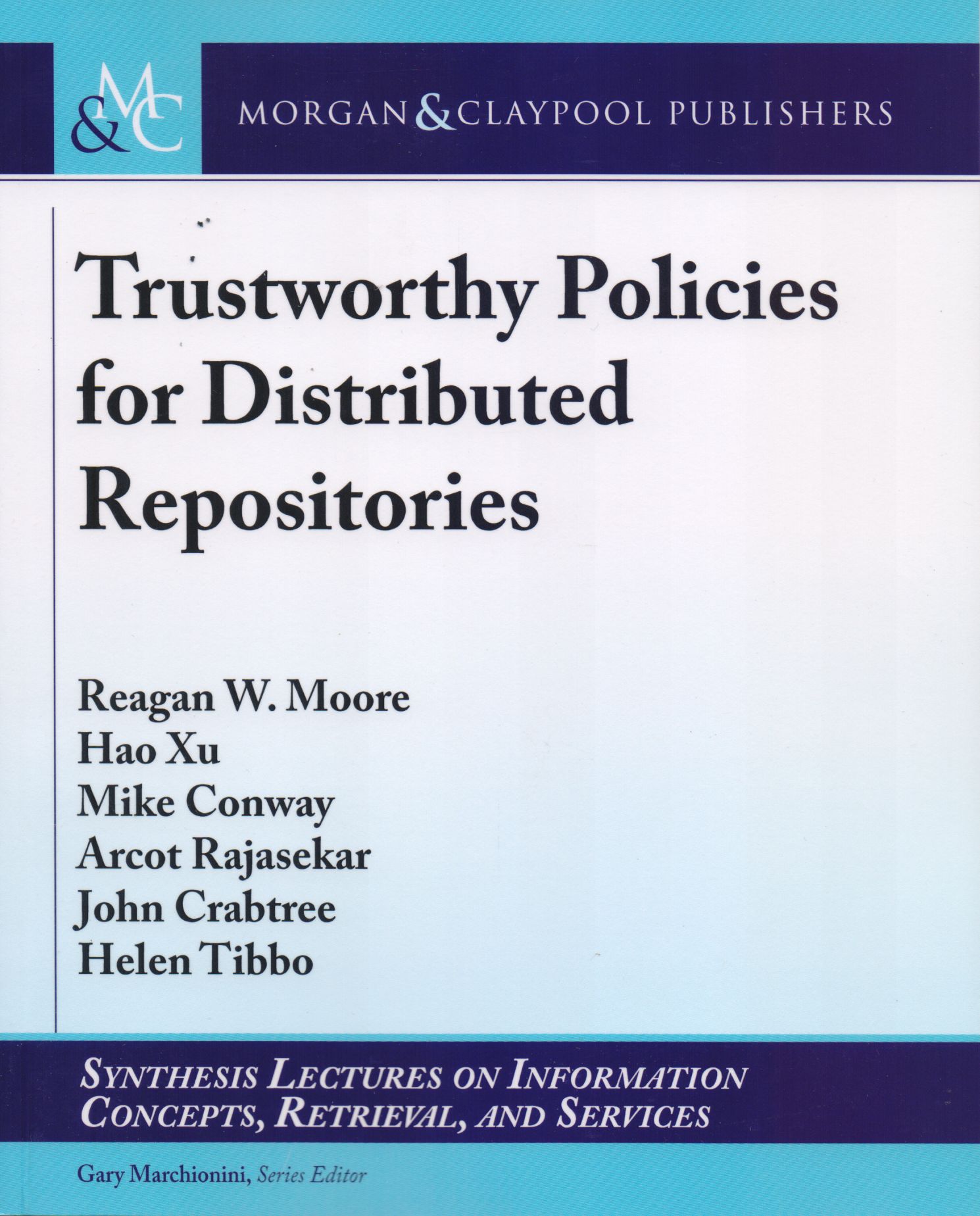Libros relacionados
 |
Scholarly Collaboration On The Academic Social Web He, Daqing / Jeng, Wei Morgan & Claypool Publishers |
 |
Database Anonymization: Privacy Models, Data Utility, And Microaggregation-Based Domingo-Ferrer, Josep / Sánchez, David / Soria-Comas, Jordi Morgan & Claypool Publishers |
 |
Dynamic Information Retrieval Modeling Hui Yang, Grace / Sloan, Marc / Wang, Jun Morgan & Claypool Publishers |
 |
Learning From Multiple Social Networks Nie, Liqiang / Song, Xuemeng / Chua, Tat-Seng Morgan & Claypool Publishers |
 |
Trustworthy Policies For Distributed Repositories W. Moore, Reagan / Xu, Hao / Conway, Mike / Rajasekar, Arcot Morgan & Claypool Publishers |
 |
Notion Of Relevance In Information Science, The: Eveybody Knows What Relevance I Saracevic, Tefko Morgan & Claypool Publishers |
 |
Semantic Interaction For Visual Analytics: Inferring Analytical Reasoning For Mo Endert, Alex Morgan & Claypool Publishers |


|
Título: Digital Rights Management: The Librarian's Guide | |
| Autor: A. Lemmer, Catherine / P. Wale, Carla | Precio: $1375.00 | |
| Editorial: Rowman & Littlefield Publisher Inc | Año: 2016 | |
| Tema: Informacion, Tecnologia | Edición: 1ª | |
| Sinopsis | ISBN: 9781442263758 | |
| In a world of users that routinely click "I Agree" buttons, librarians may be the lone voice raising an alert to the privacy, use, and ownership issues arising in connection with the design and implementation of digital rights management (DRM) technologies. DRM reflects the efforts of copyright owners to prevent the illegal distribution of copyrighted material - an admirable goal on its face. A common misunderstanding is that DRM is copyright law. It is not. Rather it is a method of preventing copyright infringement; however, if unchecked, DRM has the potential to violate privacy, limit ownership rights, and undermine the delicate balance of rights and policies established by our current system of copyright. All three of these arenas are critical for both librarians and their users.
Reflecting the shift from ownership to access, libraries are increasingly providing access to rights-protected digital content. Libraries strive to provide access to rights-protected content in a manner that protects both the content creator and the privacy of the user. DRM encompasses a variety of technologies and strategies utilized by content owners and managers to limit access to and the use of rights-protected content. Librarians need to understand DRM to effectively enable users to access and use rights-protected digital content while at the same time protecting the privacy of the user |
||
Librería Bonilla SA de CV © Todos los derechos reservados. 2019
Última actualización: Jul 2019




